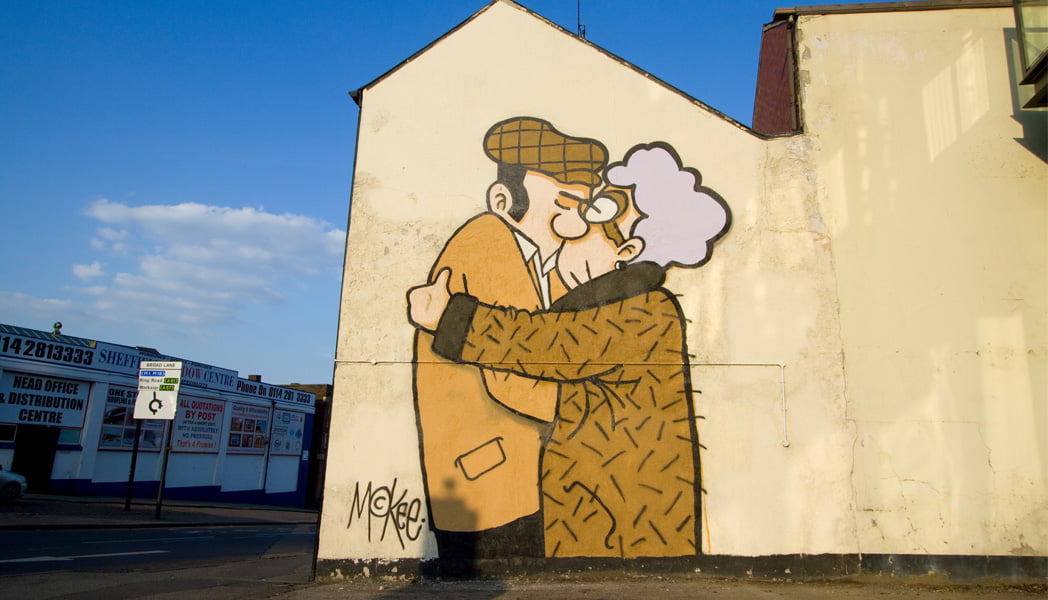is University of Notre Dame a good school?

is University of Notre Dame a good school?

Edward Sorin, founder of the university, photographed in 1890
University of Notre Dame: A Renowned Institution for Academic Excellence and Character Building
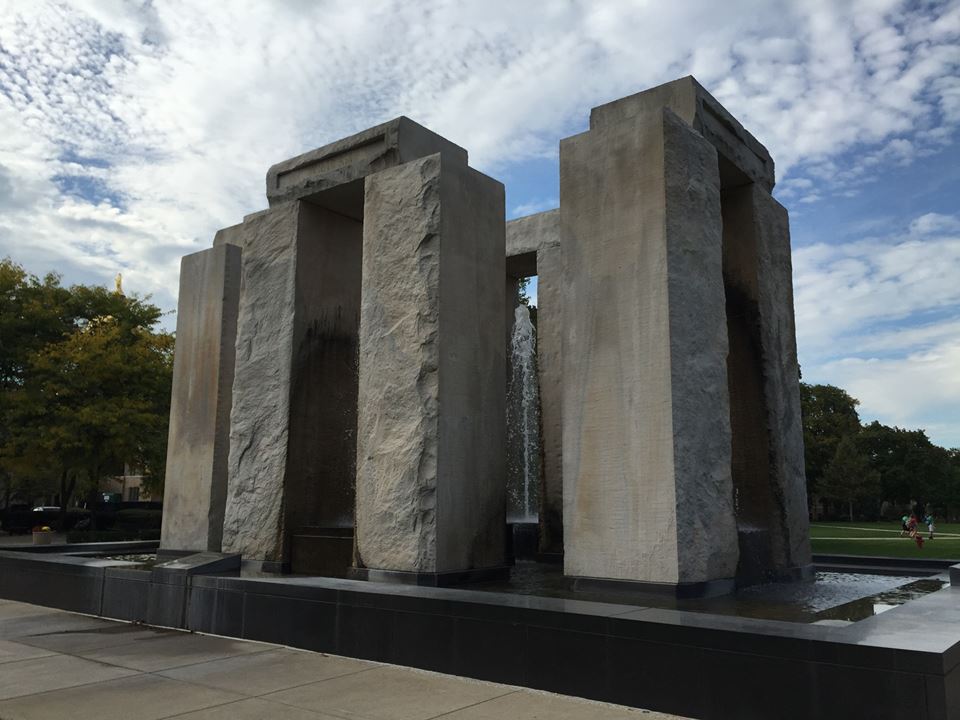
The Clarke Memorial Fountain, a war memorial dedicated in 1986, known colloquially as “Stonehenge”[197]
The University of Notre Dame, located in Notre Dame, Indiana, is a highly esteemed institution known for its strong academic programs, vibrant campus life, and commitment to developing well-rounded individuals.

Football stadium during a game
MC1 Daniel Hinton –
Let’s take a look at various facets that make the University of Notre Dame a good school, including its impressive academic reputation, research opportunities, campus culture, and emphasis on character building and community service.
I. Academic Reputation and Rigor
- National and global rankings: The University of Notre Dame consistently ranks among the top universities in the United States and globally. It is renowned for its strong programs in fields such as business, engineering, liberal arts, and the sciences.
- Distinguished faculty: The university is home to a diverse and accomplished faculty, many of whom are leading experts in their respective fields. They are dedicated to providing an engaging and challenging academic experience for students, fostering intellectual growth and curiosity.
- Small class sizes and personalized attention: Notre Dame is committed to maintaining a low student-to-faculty ratio, ensuring that students receive individualized attention and support from their professors. This creates a more intimate learning environment, allowing students to build strong relationships with their instructors and peers.

Notre Dame Stadium
II. Research Opportunities and Innovation
- Undergraduate research: The University of Notre Dame encourages undergraduate students to engage in research, providing numerous opportunities for them to work alongside faculty members and contribute to cutting-edge projects.
- Research centers and institutes: The university houses several research centers and institutes, focusing on various disciplines and interdisciplinary fields. These centers foster innovation and collaboration among faculty and students, addressing complex global challenges.
- Investment in research infrastructure: Notre Dame continuously invests in state-of-the-art facilities and equipment, ensuring that students and faculty have access to the resources necessary for groundbreaking research and discoveries.
III. Campus Culture and Community
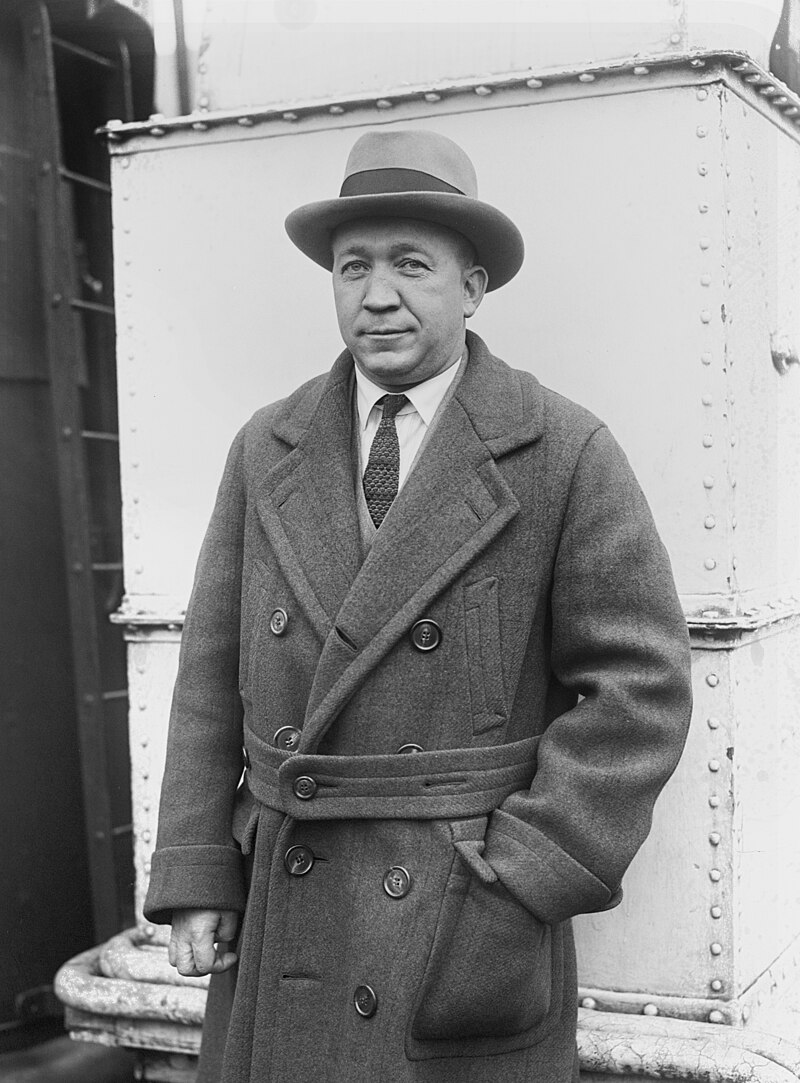
Coach Knute Rockne
- Residential life: Notre Dame’s unique residential life system fosters a strong sense of community and camaraderie among students. The university’s residence halls offer various programs and activities that promote personal growth, leadership, and service to others.
- Spiritual life: As a Catholic institution, the University of Notre Dame places a strong emphasis on spiritual growth and development. The campus offers numerous opportunities for students to engage in their faith through masses, retreats, and service opportunities.
- Clubs and organizations: With over 400 student-run clubs and organizations, Notre Dame provides a wide array of extracurricular activities, enabling students to explore their interests, develop leadership skills, and forge lifelong friendships.

Notre Dame playing against Navy
Damon J. Moritz –
IV. Character Building and Community Service
- Core values: The University of Notre Dame emphasizes the importance of character building, instilling core values such as integrity, compassion, and social responsibility in its students.
- Service learning: Notre Dame offers numerous service-learning opportunities, encouraging students to apply their academic knowledge to address real-world issues and make a positive impact on their communities.
- Alumni network: The university boasts a strong alumni network that supports graduates in their personal and professional endeavors, reinforcing the values and sense of community fostered during their time at Notre Dame.

The University of Notre Dame in 1903
The University of Notre Dame is undoubtedly a good school, excelling in various aspects of higher education. Its strong academic reputation, research opportunities, vibrant campus life, and commitment to character building and community service make it an exceptional choice for students seeking a well-rounded and meaningful educational experience. By nurturing its students academically, socially, and spiritually, Notre Dame continues to produce graduates who are not only successful but also committed to making a positive impact on the world.
is University of Notre Dame a good school?
Is UMass Test Optional?
University of Notre Dame – Wikipedia

Rebellion Research CEO lectures at UMass
Yes! In fact first year applicants may elect to withold their standardized test scores from UMass admissions! See: Test-Optional Policy : UMass Amherst
is University of Notre Dame a good school?
Yes. The college is intensely competitive.
Moreover, the 8.7% acceptance rate doesn’t speak for the true pain of becoming a student!
Remember, Harvard, Yale & Stanford receive many unqualified candidates who dream of the name. However, Amherst only attracts serious tier 1 minds. Minds looking to excel in this world.
is University of Notre Dame a good school?
However, as the years progress, Amherst becomes more and more difficult. Gone are the days of “good old boys” & wealthy networks. Amherst rejected a billionaire trustee’s son. We don’t want to name names, but let’s just say the last name is plastered on quite a few buildings at Amherst College.
Williams or Amherst?
Now, let’s dig into the history of the school!
We looked at two different Archives that Amherst College has created in past years. I was able to find a yearbook from 2012 and a yearbook from 1955. I randomly chose a page of student photos from each of the yearbooks and those were the two examples of archives that I showed to other students. A yearbook, published annually, commemorates parts of the school year as well as fellow classmates, activities, and teachers. The majority of the yearbook filled with individual photos of each person in each grade. Each of the photos is identical in the pose and background.
The only difference is the subject. This is why it is a representation of Sekula’s “Shadow Archive.” In black and white photography, archives function to reflect on the societal tendency to create and reflect on people’s positions in society with the ultimate goal of giving power to those on top. However, a truly inclusive archive represents the common humanity we all share and discourages later scholars from forming biased reconstructions of the past.
is University of Notre Dame a good school?
An Archive is “a collection of historical documents and records providing information about a place, institution, or group of people.” (Oxford) The shadow archive is an inclusive and general archive whose contents endeavor to represent a wider range of society, securing a picture of humanity that is equitable and inclusive. A general archive such as this can capture society in all its shades and variations, and in total represents the essential unity Sekula refers to. Like an astronaut in space looking at the whole earth, a truly inclusive archive represents the common humanity we all share and discourages later scholars from forming biased reconstructions of the past. This is more like the yearbook archive from recent years rather than the yearbook archive from almost a century ago.
Along with us being at Amherst College, Amherst being a generally wealthy and prestigious institution fit into the visual representation of the wealthier society I was looking for. The change in gender and race over the three different time periods in the three different archives is a representation of how race and gender in society has somewhat changed. The social state and
important events in each time period cause the demographic of each yearbook to look like they do. Through these three images I will be able to talk about how race and the subjects of photography have become much more inclusive.
is University of Notre Dame a good school?
Sekula’s concept of the “shadow archive” includes many different social groups for the purpose of comparing them to one another and formulating a hierarchy. Although these yearbooks do not do exactly this because people here tend to not think in this way, these Shadow Archives are significant in questioning the representation of race in society as well as how people view different races. When considering photographs in the “shadow archive,” the photos of students help to reveal the social hierarchy that has been created by providing visual evidence of each group.
In the 1955 yearbook there are only white men, but in the 2012 yearbook there is a mix of race and gender. These are visual representations of the social hierarchies of society during each time period. In 1954 the Supreme Court outlawed racial segregation in public schools. Until then and for a time after a lot of schools in the U.S did not allow non-white people and even the ones that did were much more of a majority white than they are today. Amherst was not co-ed until 1974. The white-male could become depicted as superior from the 1955 yearbook. Simply because of them being the vast majority of the yearbook and they did dominate society in the U.S.
Is Amherst College hard to get into?
This “shadow archive” is a reflection of the societal tendency to create rankings to position certain groups above others with the ultimate goal of giving power to those on top. The stark difference between each page of the two different yearbooks relays the fact that society changed. In addition, although the white male still has the advantage and leads a lot of today’s society. Moreover, there is no clear social hierarchy about a “superior” race or gender that can be perceived from the 2012 yearbook.
In the ‘yearbook’ page that I created I chose to try and represent Amherst’s demographic through ten photos of students. Amherst’s website states “49% of our students self-identify as domestic students of color:
Hispanic/Latinx, 15%; Asian American, 15%; African American, 10%; Bi-Racial or Multi-Racial, 7% (based on federal reporting guidelines).”
The website also states that the male to female ratio is about 50/50. These percentages are represented through my images by two photos of African American students. Two photos of Asian students, one photo of a multi racial student, and four photos of white students. I used four photos of males and five photos of females to represent the gender at our school. As you can see, the yearbook page I created is similar in demographic to the 2012 yearbook. However, starkly different from the 1955 yearbook. Our school has many diversity outreach programs to help the student body not look like it did in 1955.
Is Amherst College hard to get into?
This is very present in each of the yearbooks and at the school. The change in diversity at the school also has a correlation to how the use of black and white photography has changed over time. Initially, photography was only available to the wealthiest people who could afford to hire a professional. It progressed into more handheld cameras that the public could use, but still only wealthier white people could get their hands on them. This was around the time of the 1955 yearbook and funny because only white males became pictured. The same majority of people that could afford the cameras. In the twenty-first century, cameras became even more widely available to the public. These were the first times where almost anyone could get a camera.
Similar to Keiyta Seydou’s photography, I allowed each student to choose their own photo to submit to me. In Seydou’s photography, he gave each of his subjects the choice of clothing and how they wanted to become photographed. Thus, tather than the 1955 yearbook with each student posed in the same way.
Bigham states “Nevertheless the original produc- tion and the ongoing reception of Keita’s portrait photographs have in fact in- volved many authors and models of authorship, and, indeed, lost and regained personal names.” Authorship is recurring in Seydou’s work and he was one of the first of his time to do so being that his work is from 1956 (right after when the 1955 Amherst College Yearbook pictures were taken). Moreover, this is another reason why I chose the 1955 yearbook.
Is Amherst College hard to get into?
Black and white photography has progressed along with the representations of race in society. Photography started off only picturing the wealthy white people and society was led by wealthy white people during those times. Thus, photography advanced over time to being available to people in lower classes. In addition, we have seen society shift to being more inclusive as well.
A brief reflection on my time as a student.
During my time at Phillips Exeter since early September, I have been exposed to countless new cultures, religions, customs, and people from across the world. It is in stark contrast to the generally homogenous community of the public high school I attended before coming to Phillips Exeter. I can say with certainty that never before coming to Phillips Exeter did I sit around a Harkness table with people from up to four different continents at the same time, and discuss the pressing issues that our society faces today. It has broadened my horizons greatly, and allowed for me to obtain a greater understanding of the world I live in.
As the math problems I faced in classes became increasingly difficult throughout my highschool years, I looked for help. I sought help from teachers, textbooks, online learning services, parents, as well as peers. Having a classmate or older student explain complex problems to me almost always yielded a stronger understanding than any of the other aforementioned methods.
For this reason, when I became given the opportunity to become a math peer tutor in my freshman year of high school. I graciously accepted. It began a bit rocky! As my level of understanding in certain areas was often less than or equal to the students who I was trying to help. However, this led me to seek a deeper understanding in all the topics I learned about. As a result, I was always able to assist those who came to me. It drove me to dig deeper. Furthermore, answer the “why” of every problem I encountered. Rather than just memorizing a method to get the right answer. This skill has served me well in many facets.
How hard is it to get into Phillips Exeter Academy?
How hard is it to get into Phillips Exeter Academy?

View from tower of Phillips Church, Exeter, New Hampshire. At right is the 3rd Academy Building, designed by the Boston architectural firm of Peabody & Stearns. It was built to replace the 2nd Academy Building, which burned on December 20, 1870, and would itself burn on July 4, 1914. In the distance is the Squamscott River.
Phillips Exeter Academy, located in Exeter, New Hampshire, is a prestigious, highly selective, co-educational independent boarding school. Widely regarded as one of the most academically rigorous and competitive schools in the United States. Admission to Phillips Exeter Academy is a challenging process that requires dedication and effort from applicants. This essay will explore the application process, the factors that the school considers when making admission decisions, and the level of difficulty of getting into Phillips Exeter Academy.
The application process for Phillips Exeter Academy is comprehensive and rigorous, involving multiple stages. The first stage of the process is the submission of the application, which includes essays, transcripts, standardized test scores, recommendations from teachers, and an interview. The application process is highly competitive, with the school receiving thousands of applications every year, and only admitting a fraction of the applicants.

When making admission decisions, Phillips Exeter Academy considers a range of factors, including academic achievement, extracurricular activities, character, and potential for leadership. The school looks for students who have demonstrated exceptional academic achievement, as well as a commitment to intellectual curiosity and academic rigor. Additionally, the school values students who have shown leadership potential through their involvement in extracurricular activities, community service, and other forms of engagement.
The level of difficulty of getting into Phillips Exeter Academy is high, with an acceptance rate of around 15%. As a result, means that out of thousands of applicants, only a small fraction will become admitted. The school is highly selective! And looks for students who are not only academically strong but also demonstrate leadership potential, intellectual curiosity, and a commitment to serving their communities.

E. Chickering & Co. – http://lcweb2.loc.gov/cgi-bin/query/I?
The school’s high level of academic rigor and selectivity makes it an attractive option for students who are seeking a challenging and rewarding academic experience. However, it also means that the application process is highly competitive. And applicants need to become well-prepared and dedicated to their studies and extracurricular activities.
is University of Notre Dame a good school?
is University of Notre Dame a good school?
In conclusion, getting into Phillips Exeter Academy is a challenging process that requires dedication, effort, and commitment from applicants. The school is highly selective and values academic achievement, leadership potential, and character.

Abraham Lincoln – http://memory.loc.gov/mss/mal/mal3/434/4340100/001.jpg
The application process is comprehensive and rigorous, involving multiple stages and requiring applicants to demonstrate their abilities and potential. While getting into Phillips Exeter Academy is challenging. It is also a highly rewarding experience for students who are seeking an academically rigorous and stimulating environment.
How hard is it to get into Phillips Exeter Academy?
What does it mean to be an ‘Exonian’ or Phillips Exeter’s best students?
Culture is a complex anthropological concept. John Monaghan, in his book Social and Cultural Anthropology: a Very Short Introduction, writes that “there have probably been more anthropological definitions of ‘culture’ than there have been anthropologists.” From this, it is clear that even at the scholarly level, there is difficulty nailing down an all-encompassing definition for the term.
Evidently, there will exist similarities between different definitions of culture, which can be used to generally characterize what is, and what is not culture. It is through these similarities that a working definition for culture will be synthesized, and used to analyze the origins of cultural identity at Phillips Exeter Academy.
Also in Social and Cultural Anthropology: a Very Short Introduction, Monaghan says that “however we define culture, most anthropologists agree that it has to do with those aspects of human cognition and activity that are derived from what we learn as members of society, keeping in mind that one learns a great deal that one is never explicitly taught.” Here, the insinuation is that culture is a summation of thoughts and actions learned over time, and also that it is learned indirectly, rather than taught in something akin to a classroom environment. The idea of learning culture is studied more in depth by Katherine Dettwyler in Cultural Anthropology and Human Experience: The Feast of Life. She says that culture can be simplified into three categories: what’s inside people’s heads, what people do, and what people make.
Within the first category, she emphasizes that culture is learned, shared, and patterned.
Moreover, it becomes learned because culture isn’t steadfast, it is constantly changing. Culture is shared since individuals will have overlap in terms of the beliefs, knowledge, and attitudes which help them identify with a particular group. Culture is patterned because “we find organized systems of thought and belief, patterns of thinking and systems of knowledge, not just a random hodgepodge of factoids and unrelated ideas.” Specifically, it is this pattern of ideas and factoids that gives culture significance.
Comparing the two expanded definitions of culture from both Monaghan and Dettwyler, a few concepts are clear. Culture is not instantaneous.
That is to say, it takes time to develop. Also, there is no explicit teaching, but rather it is ingrained into the individual by the society in which they exist. Logically, the next question is how exactly culture becomes ‘ingrained’ into an individual.
In the book The Best of The Best, the author Ruben Gatzambe-Fernandez explores the development of cultural identities at “Weston”, a pseudonym for the elite boarding school Phillips Exeter Academy, or “Exeter”. He evaluates admissions, language, and framing, in his consideration of how a student comes to identify themselves with Exeter, which is most often through the use of the term “Exonian”.
The first step towards a student identifying themselves as an Exonian, and thus a member of the group of people which form the culture at Phillips Exeter, is the admissions process.
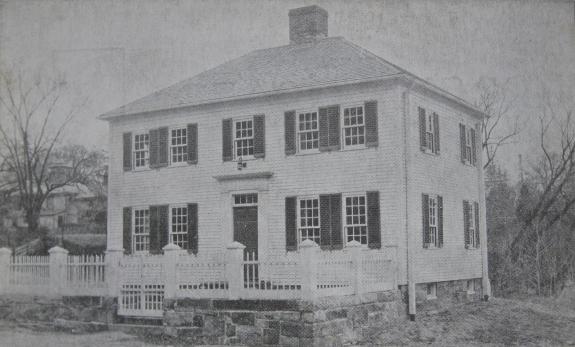
Students, not made aware of the explicit reason that they become admitted to Exeter when they receive notice of admission. The effects of this are twofold. One, it disbands the possibility of a student who did not become admitted comparing themselves to those who were with specific evidence as to why.
Secondly, “it is the initial step toward internalizing the notion that, while ‘Weston is not for everybody,’ it is certainly for them.” The offer of admission confirms this notion in the student’s mind. It is a rite of passage, meaning it represents a passing from one world to another, in this case, the transition into Exeter from a different school environment.
Within the broad category of rites of passage, there exists a subgroup of transition rites, exemplified by the likes of betrothal, or in this case, initiation.
After students receive their admissions letter, students reflect on why they belong at Exeter. Jack Mitchell, one of Fernandez’ interviewees, attributes his acceptance to his willingness to have meaningful discussions. In his admissions interview, he recalls saying:
“I feel that I always have things to say, and if I don’t have things to say, I’m interested in what someone else has to say.”

As Fernandez mentions often, discussion skills are crucial to becoming Exonian, and Jack is trying to show that he has what it takes.
is University of Notre Dame a good school?
is University of Notre Dame a good school?
When Jack is explaining why he believes he belongs at Exeter, he is legitimizing his presence there.
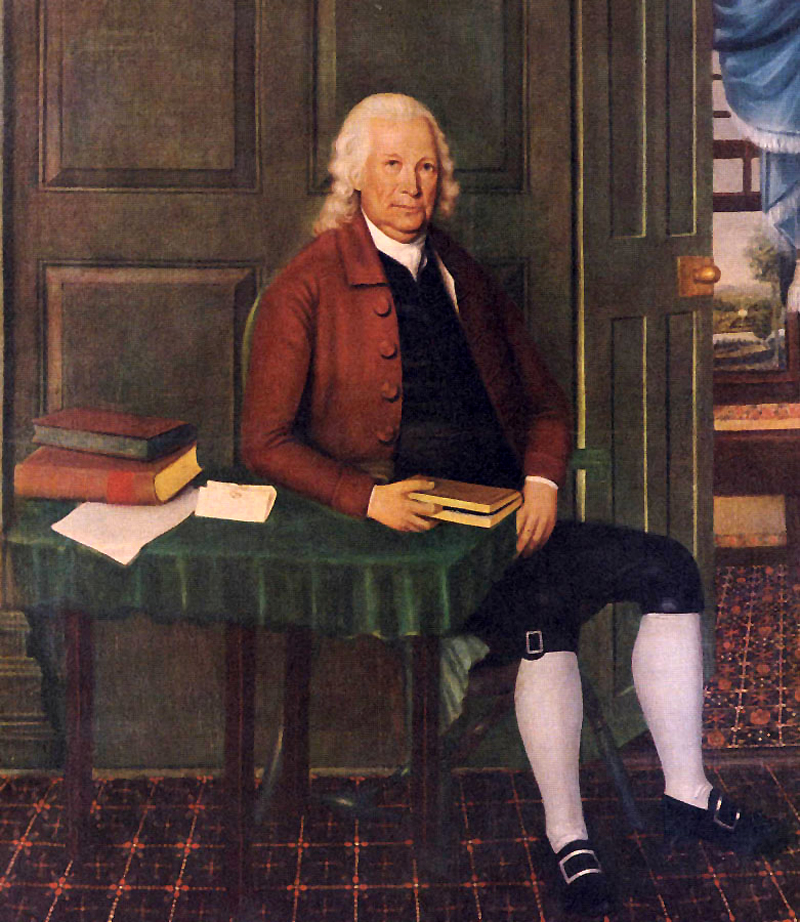
The term Legitimation, as defined in Peter Berger’s The Social Construction of Reality is “this process of ‘explaining’ and justifying.” In this instance, legitimation takes the form of spoken language, and allows Jack to rationalize his place at Exeter. He reasons that because he is good at discussion, one of the key parts of becoming an Exonian according to many students interviewed by Fernandez, he deserves to be at Exeter.
Post admission, and the legitimation of their own personal place in the ranks of Exeter students, individuals continue to construct their cultural identity through language. “Language might be called the domain of articulations … Language can also be compared with a sheet of paper: thought is the front and the sound the back; one cannot cut the front without cutting the back at the same time.”
Furthermore, Language becomes connected to thoughts. Which are key to internalizing a particular cultural identity. The word that Fernandez found most intertwined to the cultural identity of Exeter students is “smart”. A good way to see this becomes through the constructing of boundaries between groups on campus. Who become considered “smart”, and those considered not. “Students use the category of PG as a way to distinguish and draw boundaries around themselves as Westonians who are smart and work hard.” The word smart becomes associated with exclusively students who are not of the PG category.
Since most students view PGs as “Weston students who are not Westonians”. As a result, distinguishing themselves from PGs thus makes a student more “Westonian”.

In essence, language becomes used to reinforce their cultural identity as Westonian. As a result of separating themselves from the group considered not to be. In addition to language, there is another underlying anthropological concept in this method of cultural identification. It is framing. Frames “are mental structures that shape the way we see the world.” An example of a frame would be that Ethan is a PG, so Ethan is dumb. It allows individuals to reinforce their own ideas about culture.
Culture has no unilateral definition.


However, the case study of Phillips Exeter provides great insight into what exactly culture has manifest itself into. Additionally how it becomes constructed. Furthermore, students at Exeter begin as outsiders. Thus, begin the creation of their cultural identity as Exonians upon acceptance to the institution. From there, they legitimize their presence.
In conclusion, language structures to separate themselves from those considered not Exonian. And thus, more closely associating themselves with the term. Furthermore, it is a process that takes time, as culture is not instantaneous. Lastly, through what they think, what they do, and what they make. Exeter students slowly come to associate themselves with the cultural identity of an Exeter student, being Exonian.
How hard is it to get into Phillips Exeter Academy?
is University of Notre Dame a good school?
is University of Notre Dame a good school?
Phillips Exeter Academy | Exeter
How to Get Into Phillips Exeter Academy – Test Innovators
Phillips Exeter Academy – Acceptance Rate, Tuition, Ranking, and More – collegegazette.com
Most Selective Boarding Schools in America (businessinsider.com)
Works Cited
Amherst College Digital Collections. “Amherst College Olio 2012.” Amherst.edu, Amherst College, 2012,
College, Amherst. “Amherst College Class of 1985.” e-yearbook.com, Olio Yearbook, Accessed 17 November 2022.
Sekula, Allan. “The Body and the Archive.” 1986, p. 64.
2022-2023 Best Colleges | College Rankings and Data | US News Education
Compare Campus and Online Colleges,
Universities & Career Schools | CompareTopSchools.com
2023 College Rankings – Niche
Best Colleges 2023 | College Ranking List | The Princeton Review
Forbes America’s Top Colleges List 2022
Stanford University
What GPA
UMass Amherst a prestigious school?
Harvard University
UMass Amherst Again Ranked Among Top Public Universities by U.S. News & World Report, Placing at No. 26 : UMass Amherst
Is UMass Amherst a Good School? – College Reality Check
University of Massachusetts–Amherst – Profile, Rankings and Data | US News Best Colleges
is University of Notre Dame a good school?
is University of Notre Dame a good school?
Home | FCI (fivecolleges.edu)
is University of Notre Dame a good school?
is University of Notre Dame a good school?
Amherst College
is University of Notre Dame a good school?
is University of Notre Dame a good school?
Umass Amherst a good school? (rebellionresearch.com)
is Yonsei University good? (rebellionresearch.com)





